
Last week I started a series on Traction Alopecia, a hair loss condition that results from excessive tension on scalp. In this post, I will share how you can grow back edges and bald patches from Traction Alopecia (TA).
A background on how I was pretty much bald (along the hairline and patches around my scalp): In 2016, I had short hair which I braided often. At the time I was unaware these bad styling options (frequent braiding, tight braids, heavy braids, micro braids and direct heat) were damaging my hair; by 2017 most of my hairline was gone!
Grow back your edges
Before you embark on this [year] long journey, it’s important to know how severely damaged your scalp it; unfortunately there’s point beyond which the hair can’t grow back. Read more about stages of traction alopecia.
If you have established that your traction alopecia is not advanced, and you fall somewhere between early and mid-stage , then these steps and remedies might hopefully work for you, as they did me.
Eliminate tension
Remove the root cause. If tensions and constant pulling is giving you a bald hairline then all you have to do is stop it. Stop doing tight hair styes, do it now before you go bald. If you keep putting extensions (braids) on broken edges, they will continue to break and never grow back fully.
Be patient
After eliminating tension you’d think that your hair will start growing in immediately, but this NOT what happens. Essentially, the hair follicles are wounded, damaged, so they must heal before the hair grows back. This will take a few months, but don’t be discouraged,
DYI hair stimulation
While your hair follicles heal they will be dormant, try different remedies to stimulate them. During this time I used essential oils, specifically peppermint, rosemary, lavender, lemon, eucalyptus and more.
I also tried some DIY ginger, garlic and onion juice; however, I am not very consistent with DIY because it’s a bit cumbersome. If you have the discipline for it, this will be a great inexpensive way to grow back your hair line. Formally, onion is rich in sulfur, which is one of main components of our hair. Similarly, ginger root contains magnesium, potassium, phosphorous, and vitamins that provide your hair follicles with nourishment.

Products for hair stimulation
I am carefully using the words “hair stimulation” and not “hair growth”. This is why. Many people believe that there are products that will make hair grow 10 times faster; however, and this is not how hair growth products work. They work by giving your hair nutrients it requires to grow well; they “unlock your growth potential”. Think of it like feeding protein to a malnourished child (with kwashiorkor), when the stagnant growth is cure, this child will start to grow again at the “normal” pace that’s predetermined by genetics. This child won’t grow into a full-fledged adult overnight, will they? Technically, it’s all hair growth but I hope you’re persuaded to see it this way.
Now that we have that out of the way, I have using a product to help me give my hair the extra boost of nutrients it needs to grow like I know it’s supposed to. The product I have been using is Placent Activ hair serum. Placent Activ contains (animal) placenta extract; it’s packed with nutrients that restore your hair to its natural wellbeing.
You can find a detailed post on my results with Placent Activ in this post.
Another product that I used to help regrow my edges is Jamaican black castor oil.

Jamaican Black castor Oil
The hair around the hairline is finer and more fragile than other areas, and this is the hair that is manipulated, brushed, and pulled the most. The take away: be kind and gentle on your edges.

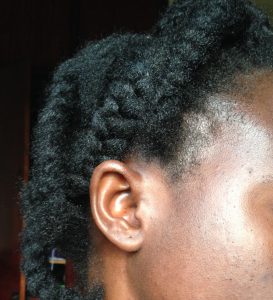
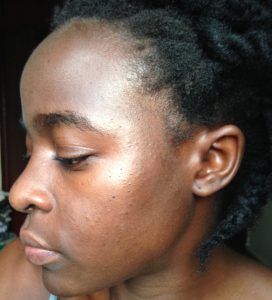
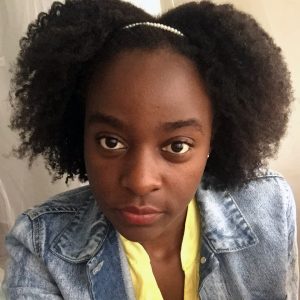
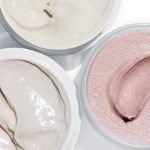
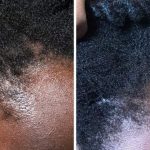
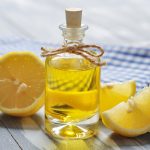
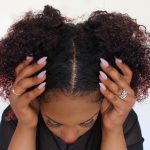
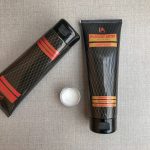
Feedback
Comments: 2